The Upper Palatinate region is one of the seven administrative districts of Bavaria in southern Germany.
It is also known as the 'Oberpfalz' in German but is not now related to the state of Rhineland-Palatinate on the other side of Germany.
The Upper Palatinate is located in the eastern part of Bavaria and consists of seven districts and 226 municipalities, including three cities.
The Upper Palatinate is home to several historical landmarks, such as the medieval centre of Regensburg, a UNESCO World Heritage site, and the Walhalla temple, which was built in honour of famous Germans.
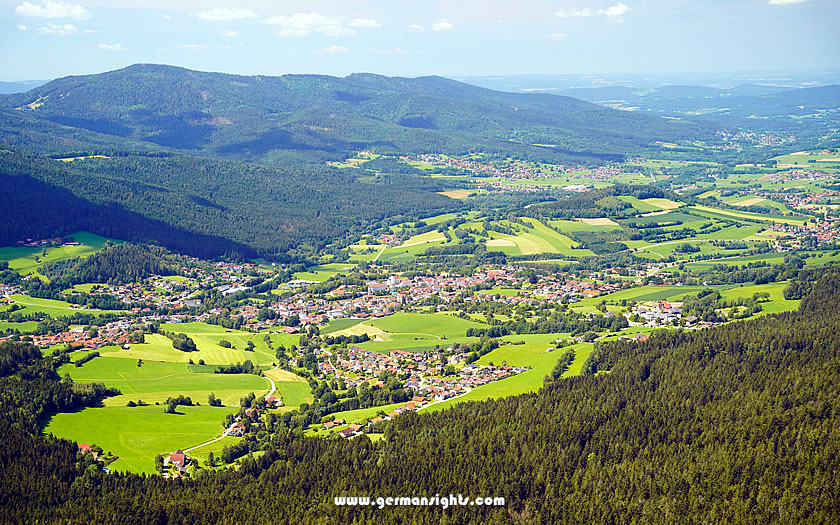
View of Lam in the Bavarian Forest in the southern Upper Palatinate
It is a rural area characterized by low mountains and numerous ponds and lakes in its lowland regions. The region borders Upper Franconia, the Czech Republic, Lower Bavaria, Upper Bavaria, and Middle Franconia.
The Danube river flows through the western part of the region, while the Naab river flows through the eastern part. The Upper Palatinate Forest, Steinwald, and Bohemian Forest are all major forests in the area.
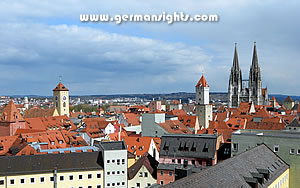
The capital city of the Upper Palatinate, Regensburg has a well-preserved medieval Old Town and landmarks such as the St. Peter's Cathedral, the Stone Bridge, and the historic sausage kitchen, Wurstkuchl.
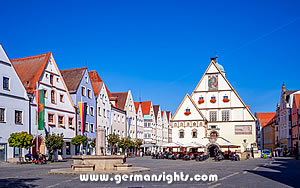
Weiden serves as an important hub in the northern part of the region. Its historic city centre features a large market square with the historic former town hall at the heart of it. The International Ceramics Museum is also based here.
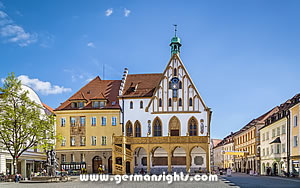
Amberg is an attractive destination for tourists. Highlights include the medieval Market Square, the Gothic-style St. Martin's church, and the town's well-preserved fortifications, including the Stadtbrille bridge.
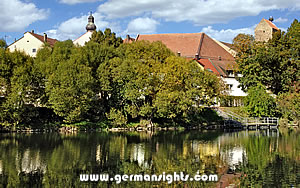
Situated on the edge of the Bavarian Forest, Cham offers a mix of outdoor activities and cultural experiences. Take a stroll through the old town or embark on a hiking or cycling adventure in the surrounding countryside.
The history of the Upper Palatinate dates back to ancient times, with evidence of human settlement found from the Paleolithic era.
The region was divided into several small territories ruled by various noble families in the Middle Ages. One notable ruling family was the Wittelsbach dynasty, who played a significant role in shaping the region’s history.

View over Neumarkt in the Upper Palatinate
During the 16th century, the Protestant Reformation had a profound impact on the Upper Palatinate. The region became predominantly Protestant under the rule of Frederick III, Elector Palatine. This led to conflicts between Catholic and Protestant forces during the Thirty Years’ War.
The Treaty of Westphalia in 1648 brought an end to the war and established a more stable political order in Europe. As a result of this treaty, Bavaria gained control over most of the Upper Palatinate. The region remained under Bavarian rule for several centuries until it became part of Germany following its unification in 1871.
In more recent times, like many other parts of Germany, the Upper Palatinate has undergone industrialisation and modernisation. It has seen economic growth through industries such as automotive manufacturing, engineering, and technology.
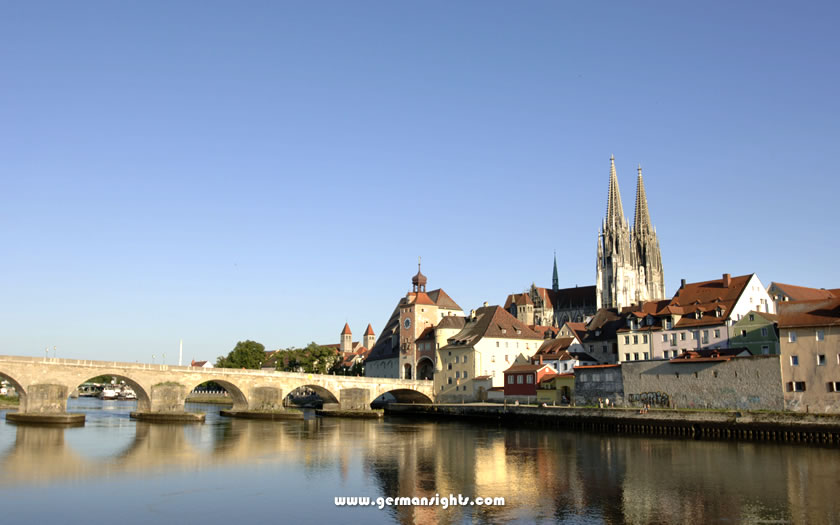
The Stone Bridge in Regensburg
Tourism also plays a major role in the economy.
Cities such as Regensburg and Amberg are popular for city breaks because of their medieval city centres, but the outdoors is also an important attraction for visitors. The various forests and nature reserves host an extensive network of walking trails and cycling routes, while watersports are also available on the lakes in the region.